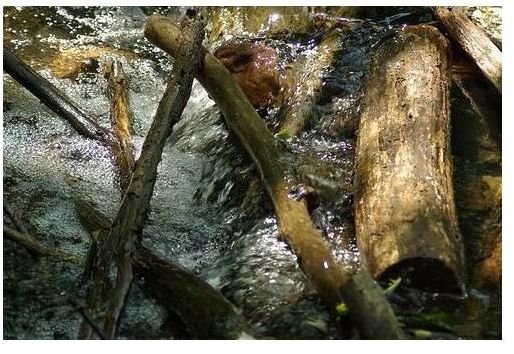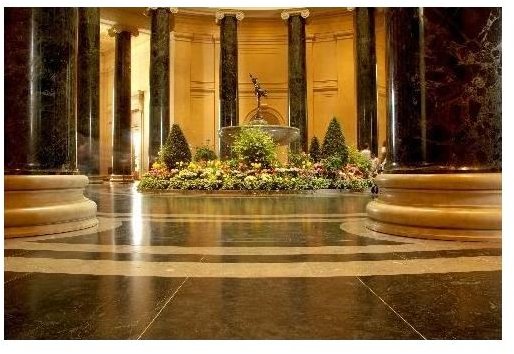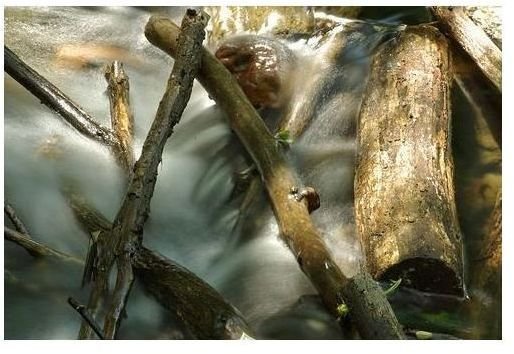Shutter Speed, Exposure & Photography Tips for the Beginner
Shutter Speed Explained
Shutter speed is the length of time the shutter on your camera is open. Pretty simple, right? Well, really it is. How shutter speed works as an element of exposure is a little more dicey to understand.
The basics of shutter speed are that if the shutter is open longer, more light will come into the camera. One reason you would want to have the shutter open longer is if you are shooting in a dark area. Sometimes you may want to change the shutter speed to get different effects, such as capturing a very crisp photo of something moving, or slowing down an exposure to capture the motion itself, as shown below.
The Effects of Changing Shutter Speed

The first picture was shot at 1/500 of a second and the second at two seconds. Notice how the babbling brook seems to babble that much more with the longer exposure. In this case, a longer shutter speed allows you to capture more of what is going on, in this case showing a lot of water passing by, lending a soft, flowing look. The shorter shutter speed was fast enough to stop the motion of the water, giving a more crisp look.

In another case, a long shutter speed can be used to eliminate things moving around. The picture below was taken at the National Gallery of Art in Washington, DC. The ten-second exposure captured the rotunda pretty well, even to the point of not picking up the various people walking directly in front of the camera. If you look closely, you can see some blurry people to the right of the leftmost column. They were dawdling a bit long and stayed in the frame long enough for them to be visible. Keep in mind that this is a very busy tourist spot and the lack of people in the picture is in spite of their attendance that day.
Shutter Speed Tips and Tricks
Some tricks and general rules to go by:
-
To stop most motion, set your shutter speed to 1/500. For very fast objects, you may have to shoot at faster speeds than this, but 1/500 is fast enough to get a good picture of something moving quickly. This is especially helpful when doing sports photography.
-
To eliminate shakiness from hand-holding your camera, your shutter speed should be the inverse of your focal length or faster. That is, if your lens is set to 50mm, your shutter speed should be set to 1/60 or faster. If you are shooting with a 200mm lens, choose 1/250 or faster.
-
If you are shooting at a slow shutter speed, use a tripod. If possible, also use a remote trigger. This will add stability and further eliminate camera shake.
-
Go to extremes. If you find it hard, due to the circumstances in which you are shooting, to get a clear shot at a fast shutter speed, try setting the shutter speed to be deliberately slow. A clear, crisp shot looks great, and often a shot showing the motion of what’s going on looks interesting, as in the water above. A photo that looks like the shutter speed was just a little too slow typically looks bad.
References
Source: Author’s own experience.
